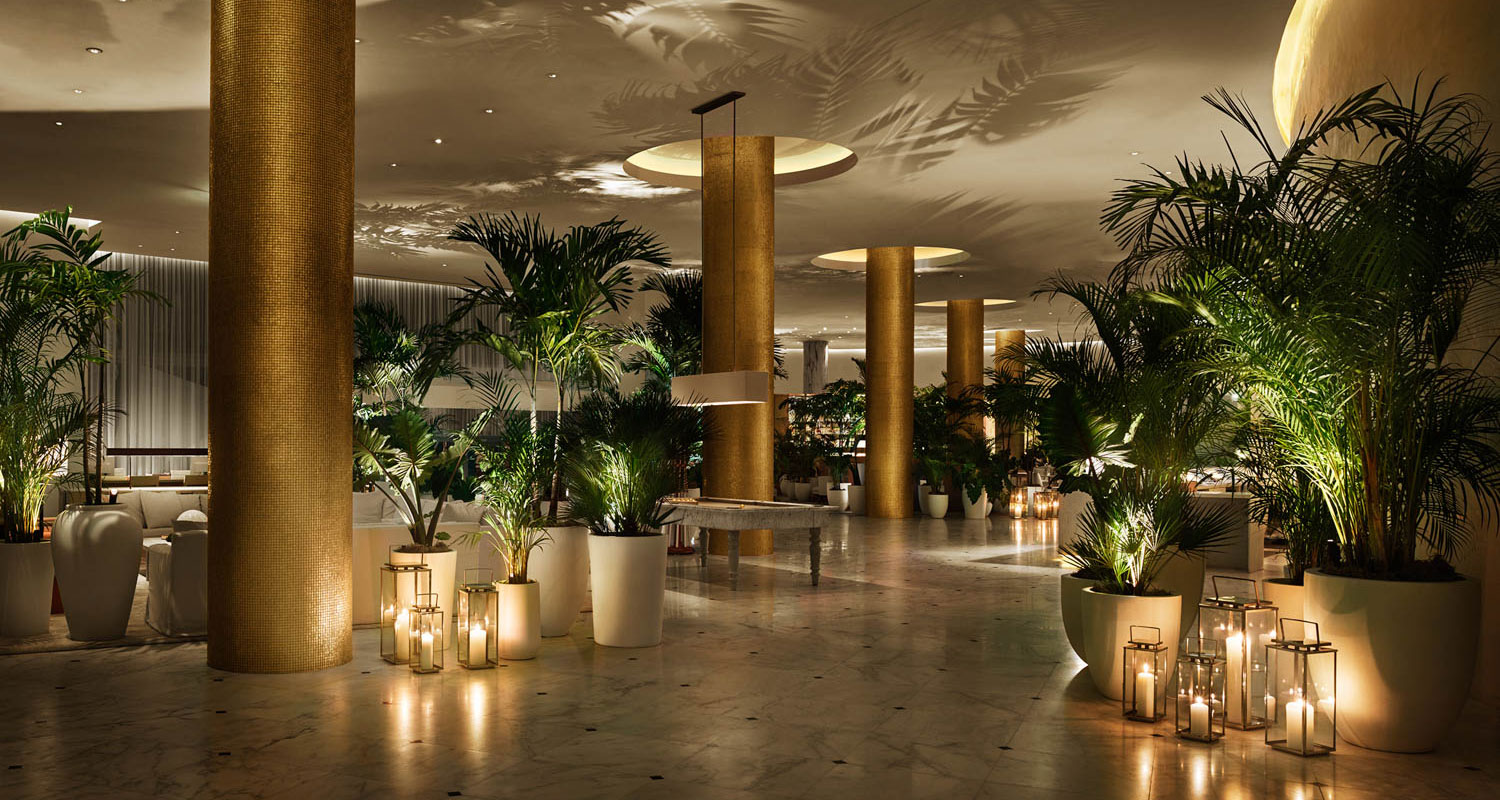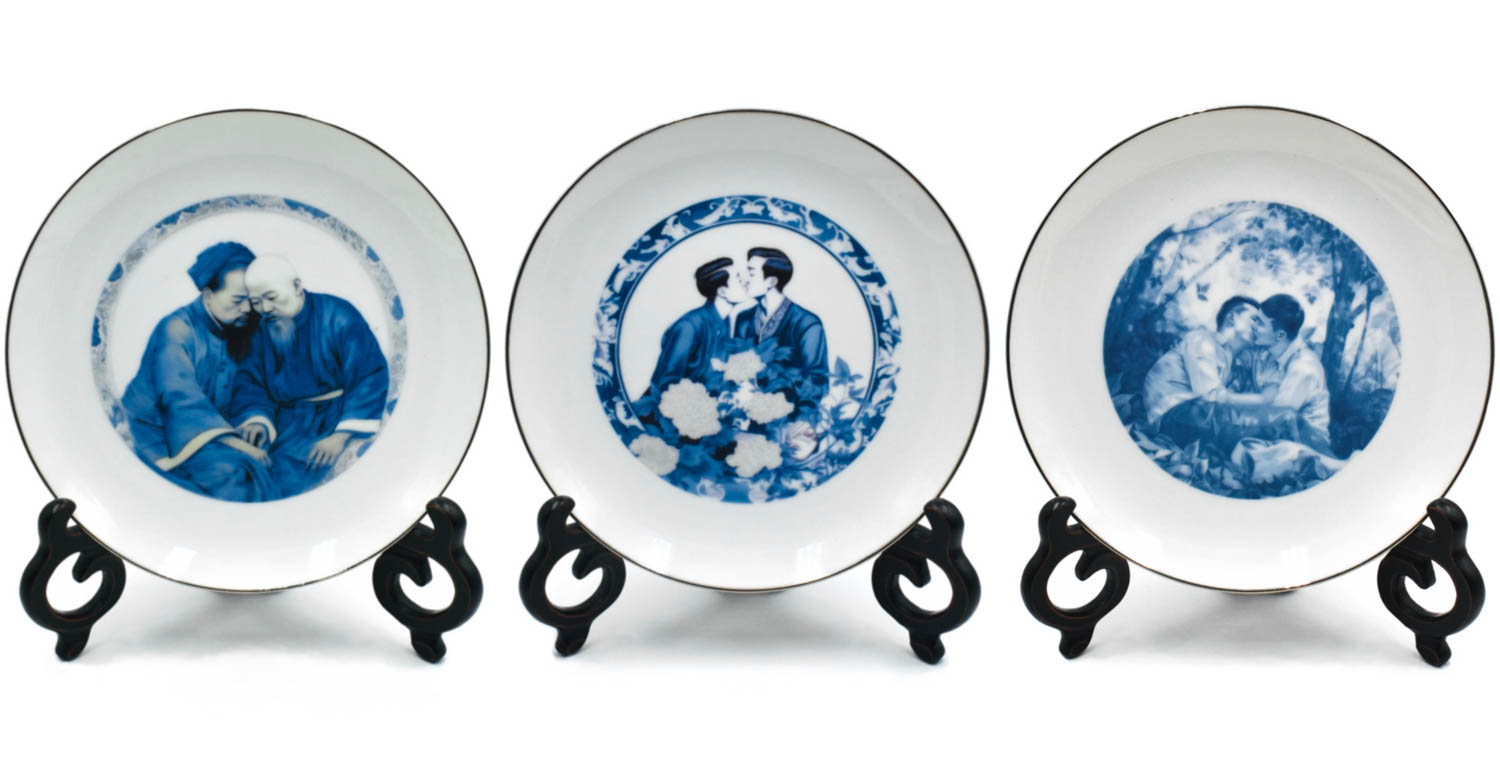Tile Now: Printing and Performance
Today, ceramic surfaces are enjoying a visual renaissance influenced by everything from pop culture to innovations in electronics. Tiles are no longer simply a flat surface to be applied to walls or floors; modern productiontechniques have made a vast new range ofvisual depth and dimension possible.
Innovations in the industry are both functional and aesthetic because ceramics often remain in service much longer than other surfacing products. “The modern industry strikes a balance between form and function, but the overall goal is to provide a lifetime solution since the durability of ceramics is the prime differentiator from competitive materials,” says says Ryan Fasan, a consultant for Spanish industry association Tile of Spain.
Modern manufacturing techniques have made slender-profile (3 to 6 mm thick) porcelains in lightweight large formats (up to 5 feet by 10.5 feet) possible, creating opportunities for designers and architects to use ceramics in new interior and exterior applications.
Some of the most exciting advances in recent years have come from the inkjet revolution. For the first time the industry can glaze any textured surface with high-resolution images of stone, wood, metal, or textiles.


